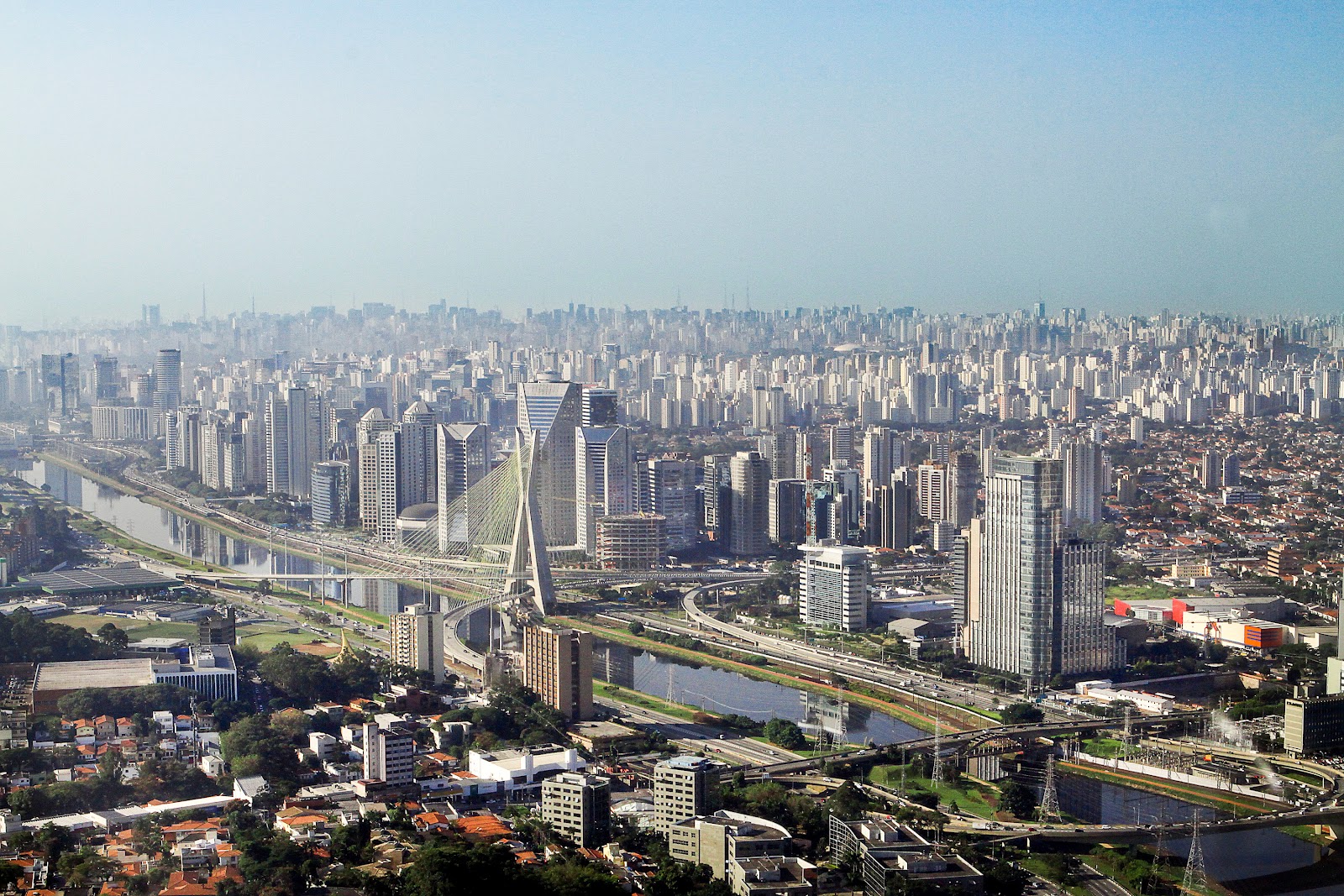São Paulo, in southeast Brazil, is the most populous city in the Southern Hemisphere, and one of the biggest on the planet. This once modest missionary outpost has grown out to become the country’s economic and cultural powerhouse. Welcome to the fascinating city of São Paulo.
This is the city… fondly known as Sampa These are the locals …. who call themselves Paulistanos. And this is what brings out their passion: strong coffee… named Cafezinho, soccer… which they call Futebol and of course: … carnival.
São Paulo may not have Rio’s famous beaches, but it makes up for it in culture. In this energetic and creative city, you can enjoy the cool escape of nearly a hundred museums and taste flavors from all over the world in some twenty-thousand cafés and restaurants.
The botanical gardens in Parque do Estado
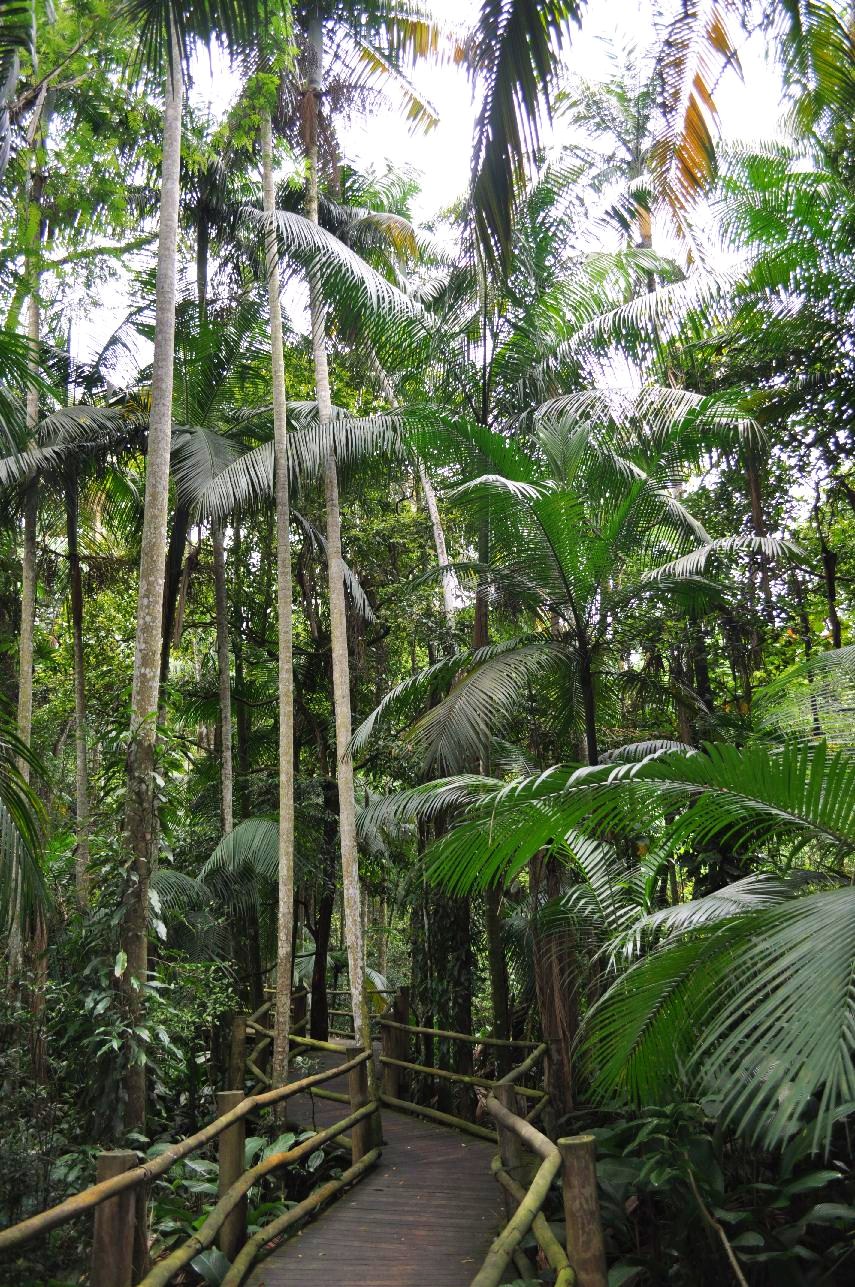
Because São Paulo is so incomprehensibly big, it helps to start at the very beginning of its history.
The botanical gardens in Parque do Estado near the airport preserve some of the Atlantic Rainforest that covered much of the Brazilian coast. The landscape was transformed when the Portuguese arrived, on a mission to convert the native Amerindians to the Catholic faith.
The Pátio do Colégio
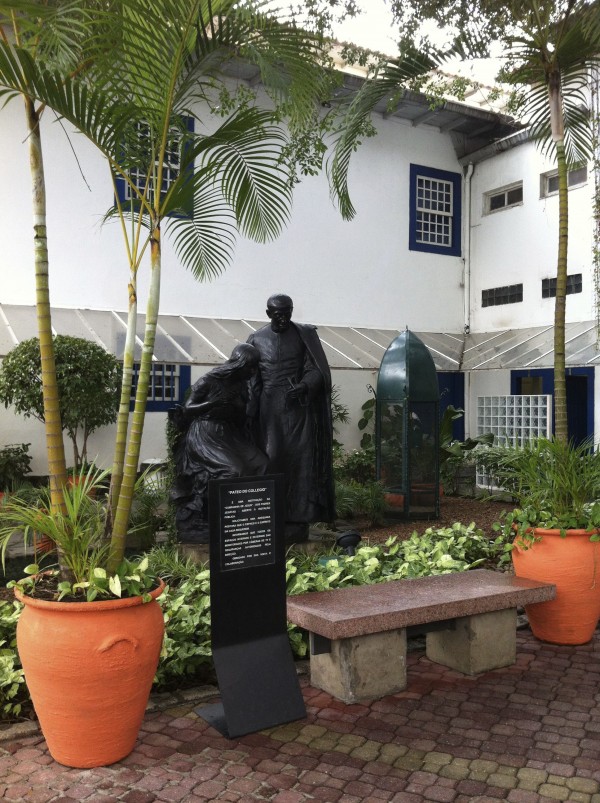
Stand on the very spot where the city was founded by Portuguese Jesuits in 1554 at the Pátio do Colégio in the old city center.
The Praça da Sé

The location of their main church, the Praça da Sé, now houses the neo-gothic Metropolitan Cathedral with its Renaissance dome, which was modeled on that of the Cathedral of Florence in Italy.
Latin America’s largest Stock Exchange center
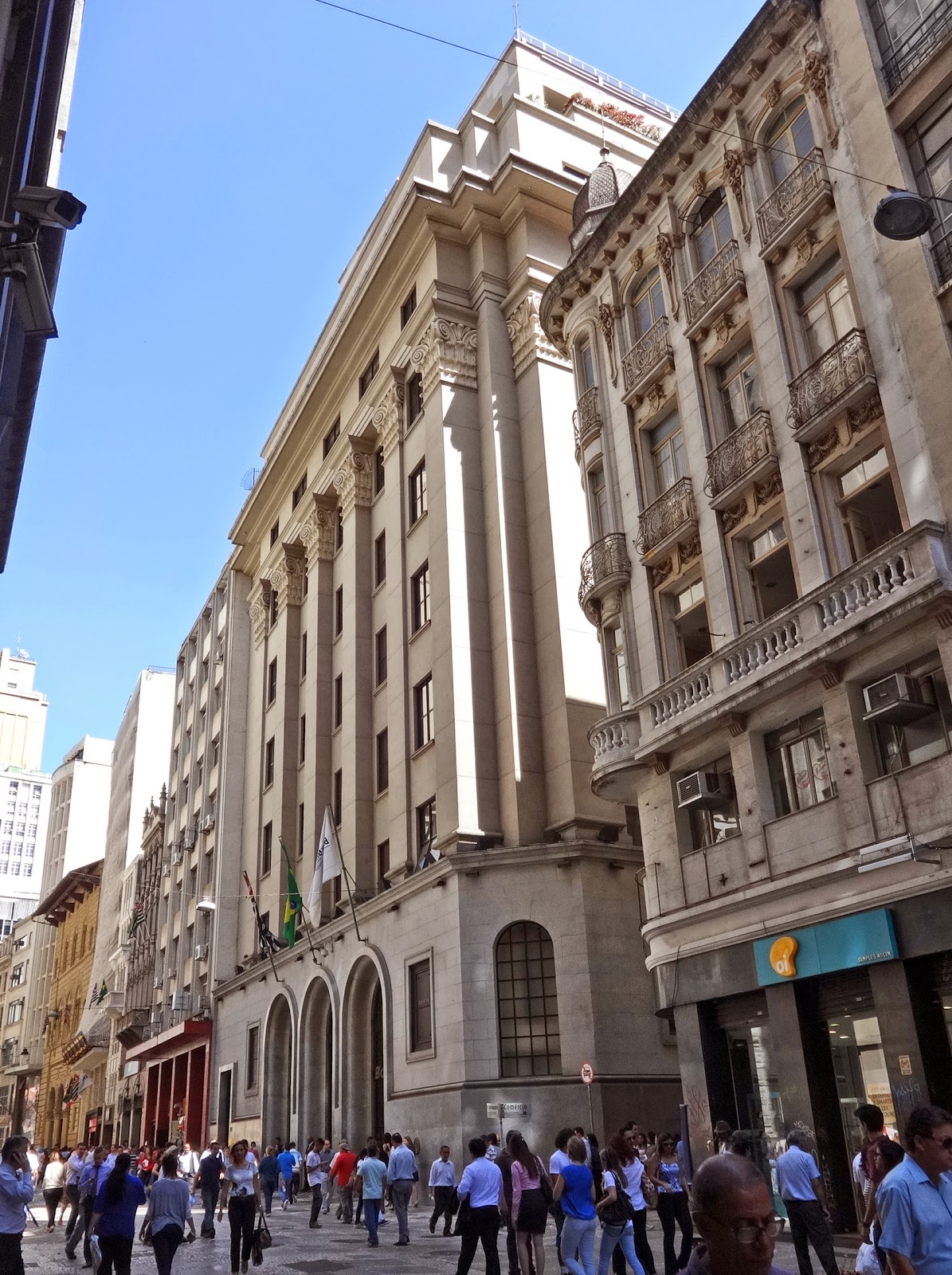
In the 17th-century, São Paulo grew exponentially when a gold rush attracted miners to the region. Next came African slaves, who were imported to work in the sugar cane and coffee plantations. The 19th century brought more Europeans and the Japanese followed in the 20th century.
The resulting melting pot of cultures is the pulsing engine that now drives Brazil’s economy. The city’s oldest district, Centro, has been home to Latin America’s largest Stock Exchange since 1890.
The Altino Arantes Building

While just across the street is the richly decorated lobby of the former state bank’s headquarters, the Altino Arantes Building.
The Avenida Paulista
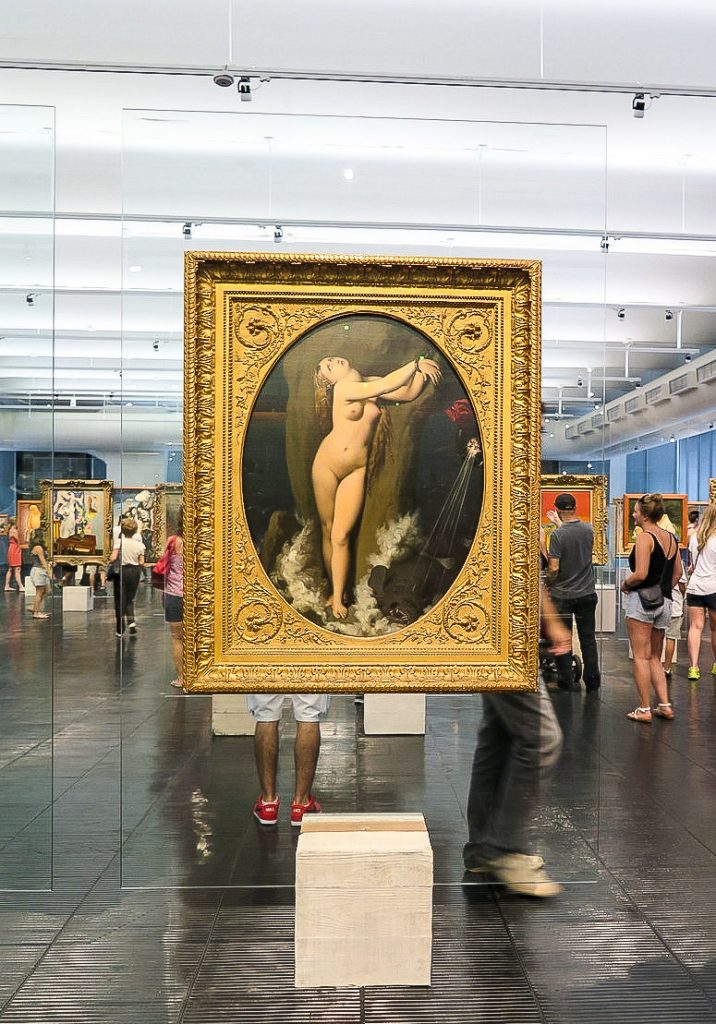
Three miles to the south, Avenida Paulista was built on the wealth of the first coffee barons. As the country’s financial artery and one of the city’s main thoroughfares, the boulevard pulses with the energy of about one and a half million pedestrians per day.
Apart from investing in its financial economy, São Paulo also has a policy of boosting its creative economy, making the city one of Brazil’s most exciting cultural hubs.
The Avenida Paulista is home to the gravity-defying São Paulo Museum of Art. Inside, view paintings by acclaimed European masters, such as Van Gogh, Raphael, and Picasso, as well as Brazil’s own leading artists.
The building design of Avenida Paulista
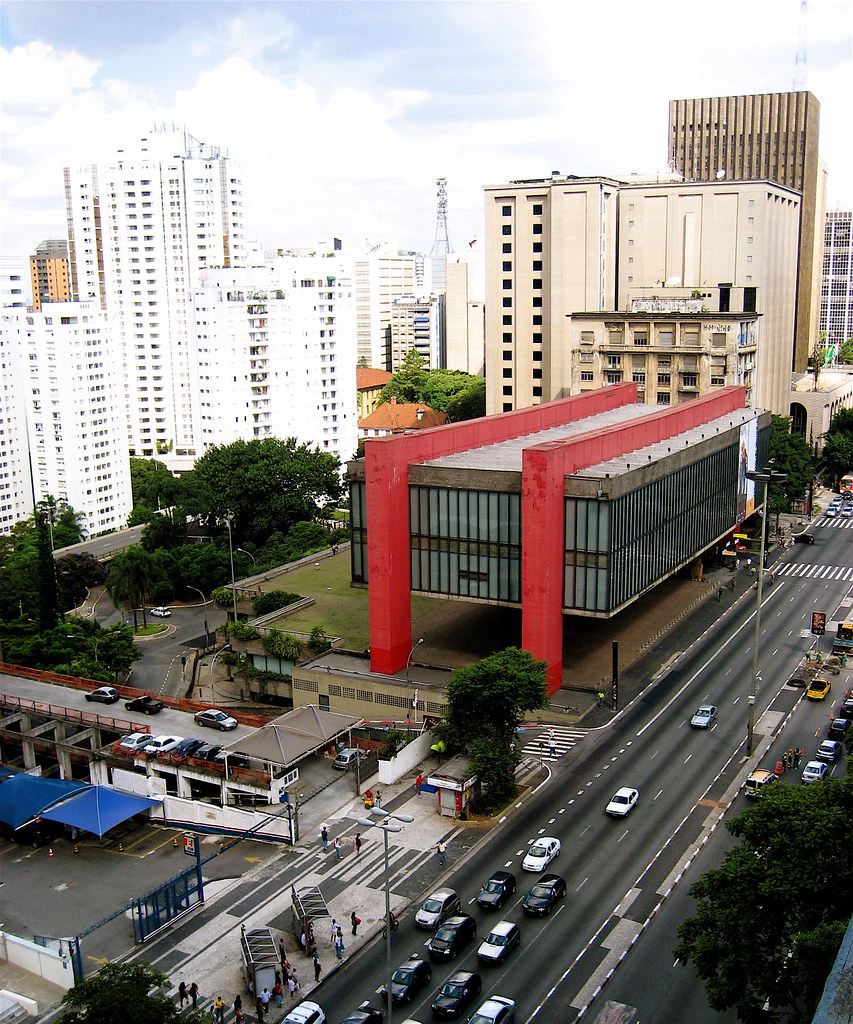
This remarkable museum belongs to the people and it was the wish of the architect that her modernist design would “return the same amount of public space that it borrowed”, leaving the square underneath open for public enjoyment.
The Banco do Brazil
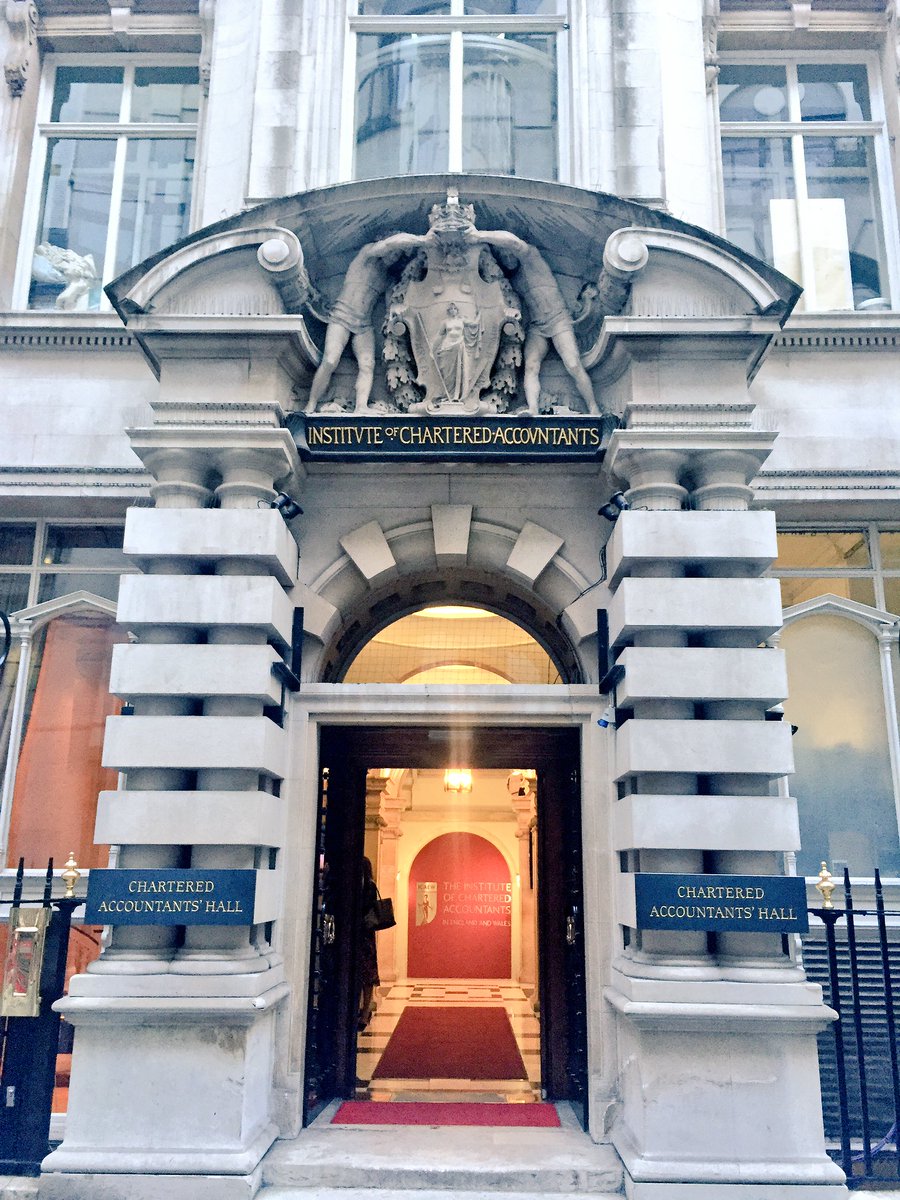
Finance and creativity go hand in hand at the Banco do Brazil, a historic financial institution that hosts one of the city’s most prominent Cultural Centers.
The pedestrianized Viaduto Santa Ifigenia
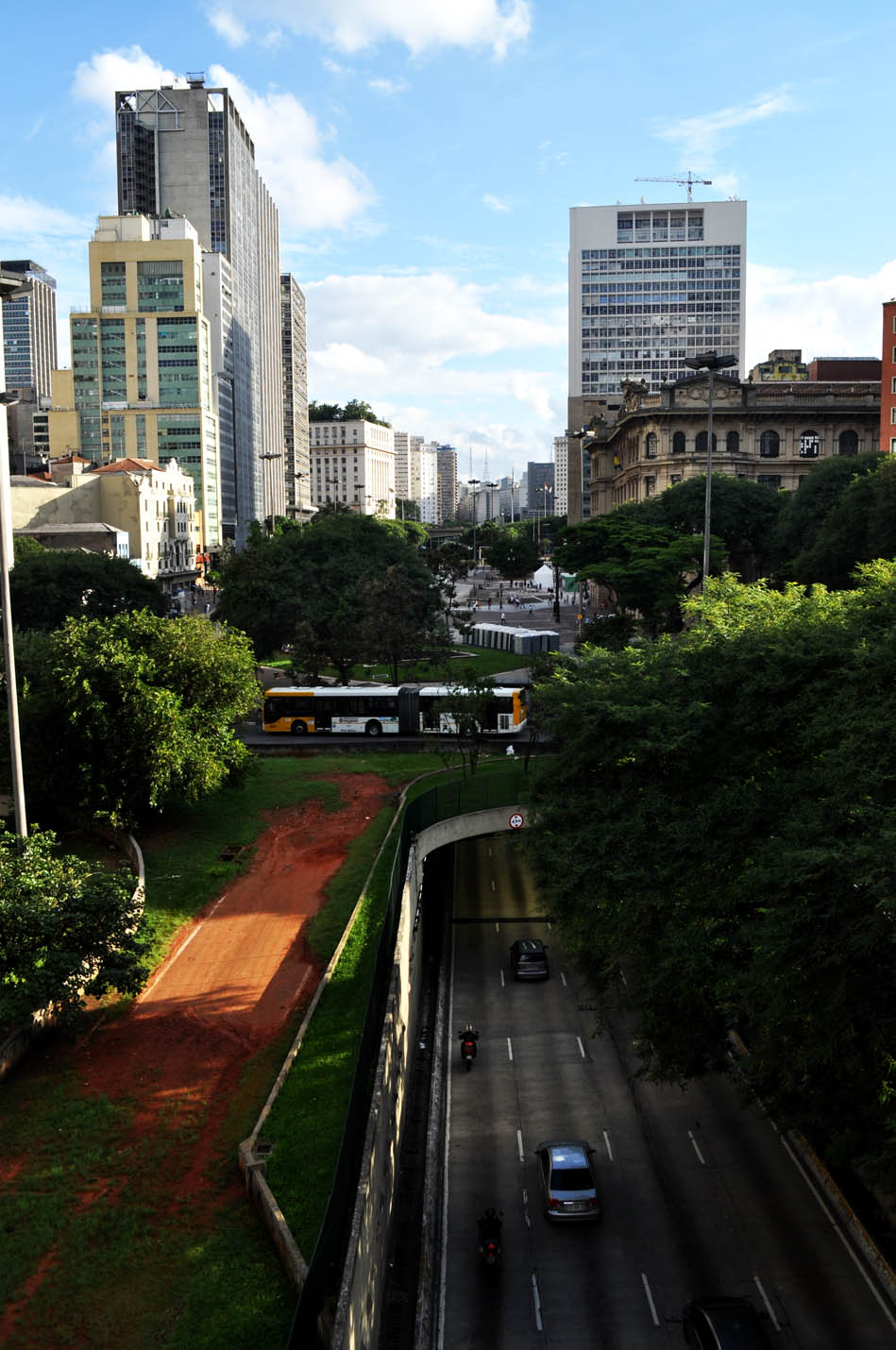
In a city that sees more than a million cars crisscrossing hundreds of miles of interconnected highways each and every day, the pedestrianized Viaduto Santa Ifigenia is a breath of fresh air.
The ornate theatre
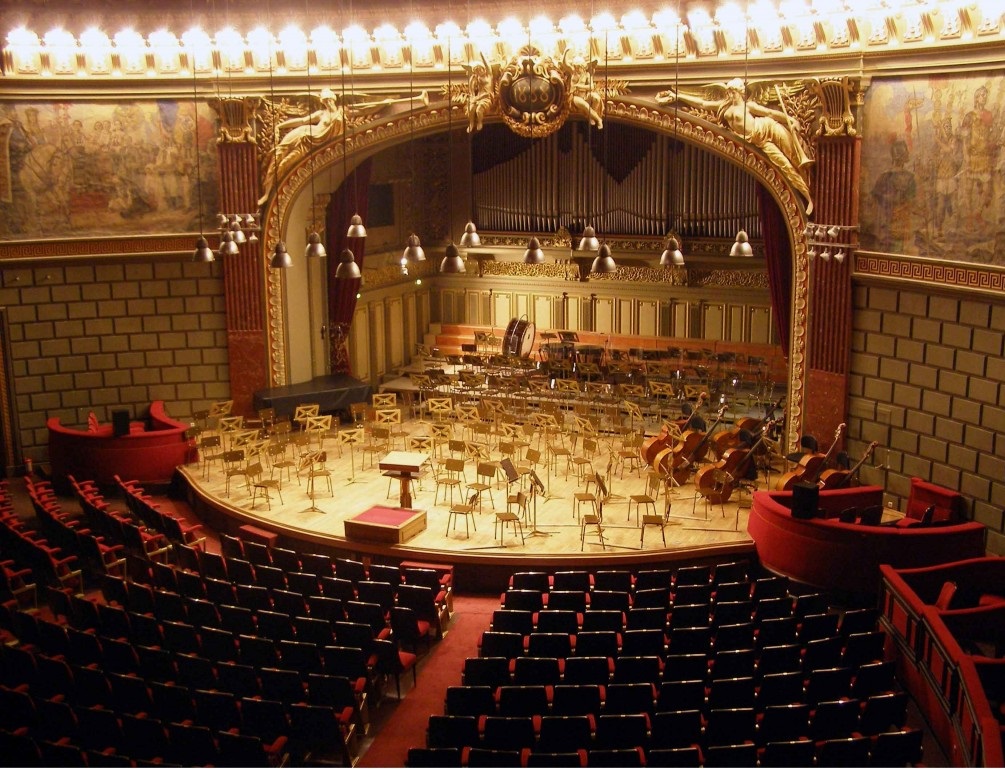
This art nouveau viaduct links the Old Center to the New Center. Tour the nearby century-old Municipal Theatre, a Beaux Arts building dedicated to ballet, opera, and other stage shows.
The ornate theatre was inspired by the famous opera house Palais Garnier in Paris.
The historic Júlio Prestes Train Station
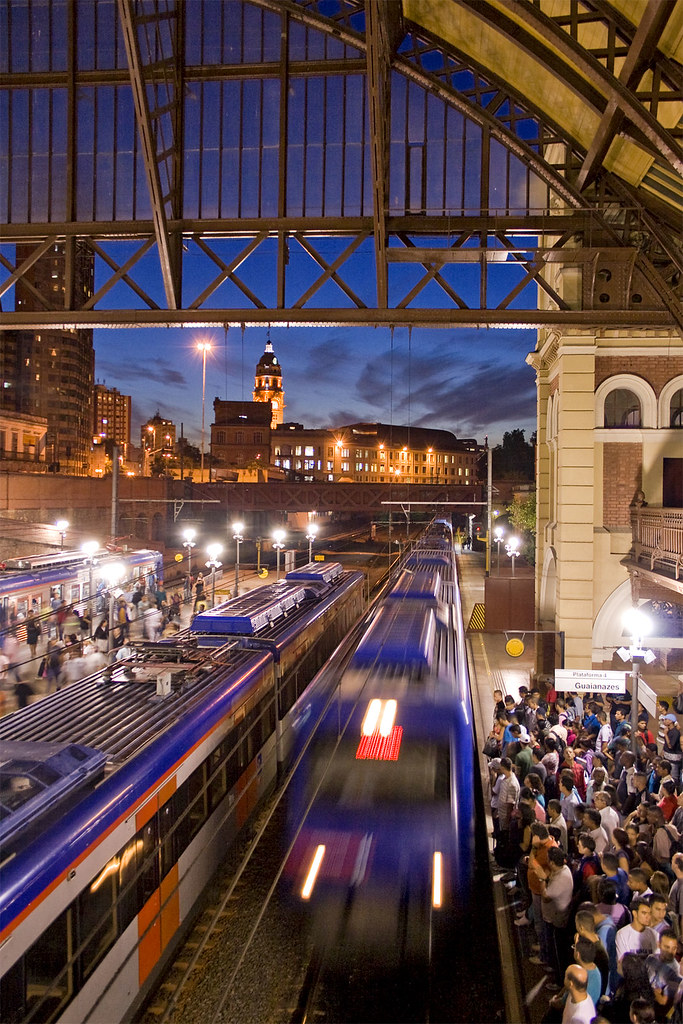
Find more cultural attractions to the north, in the Jardim da Luz district. The historic Júlio Prestes Train Station has been transformed into an esteemed and elegant Cultural Center.
The Sala São Paulo
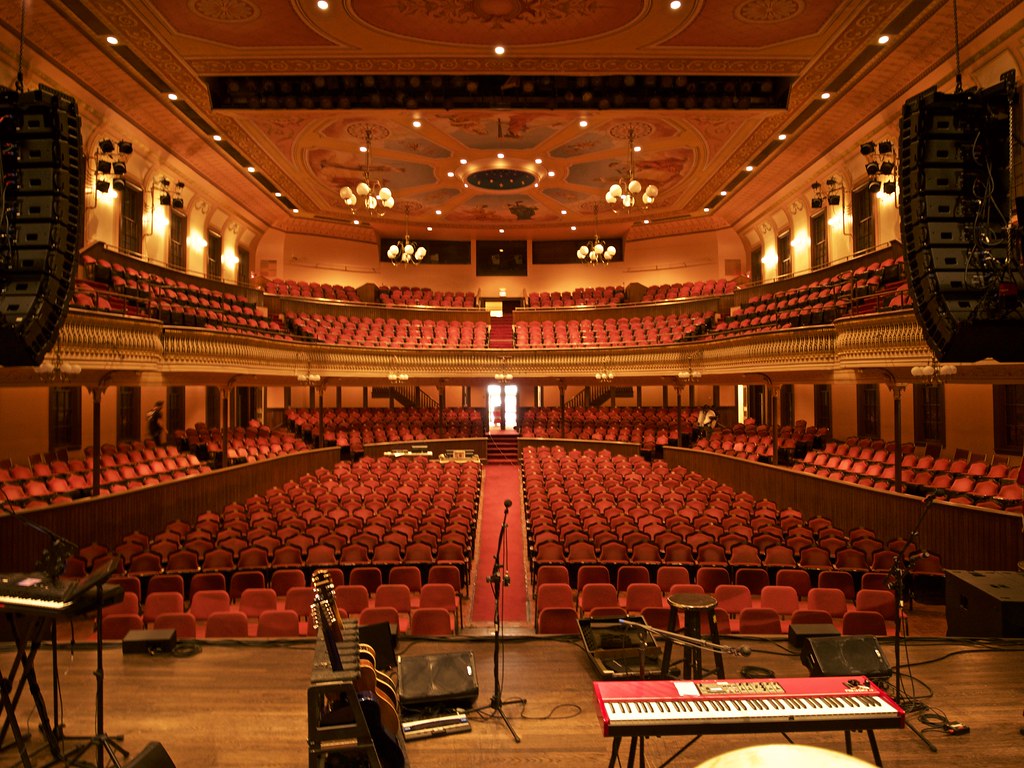
While touring the grand halls of this monumental building, don’t miss the Sala São Paulo, a massive wood-paneled concert hall with an adjustable ceiling.
The resulting acoustics are said to rival those of the famous concert halls of Vienna and Berlin.
The Pinacoteca do Estado
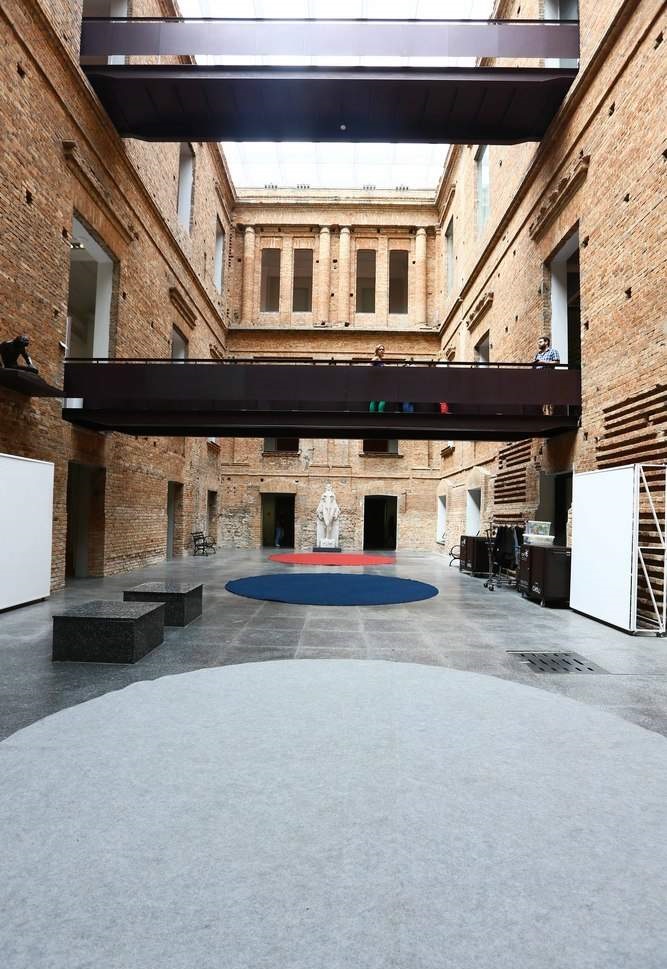
Nearby is the oldest art museum in São Paulo, the Pinacoteca do Estado. Take your time here, because in this beautifully renovated school of arts and crafts you can admire nearly 9,000 pieces, including many priceless Brazilian collections.
The Mercado Municipal
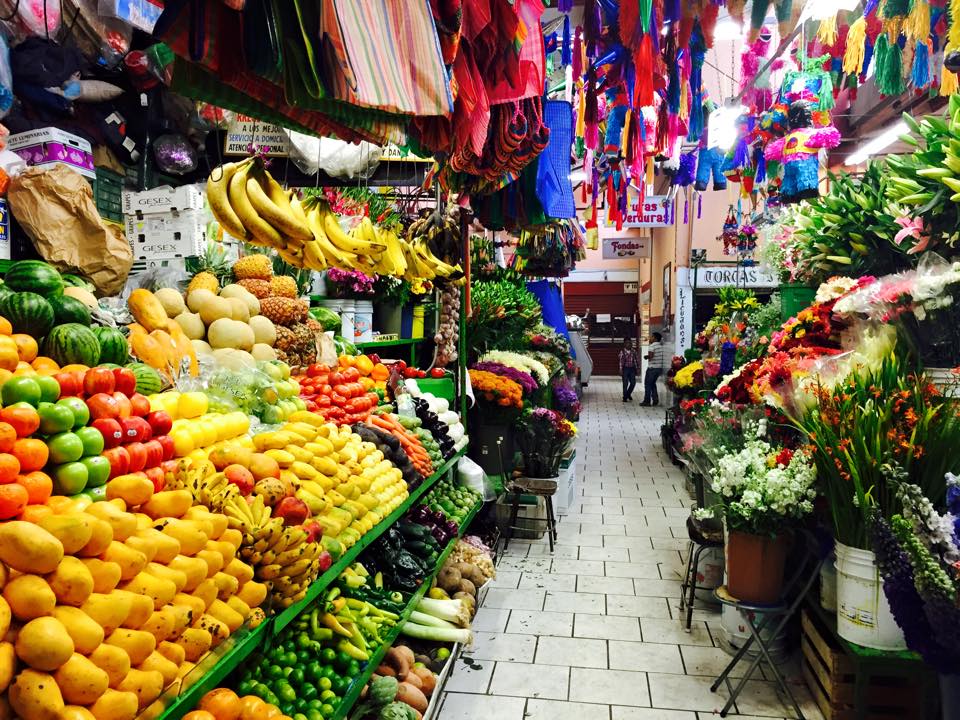
There is no better place to experience Brazil’s culinary culture than the nearby Mercado Municipal with its delicious displays of home-grown fruits, cheeses, meats, and other local specialties.
The mezzanine level
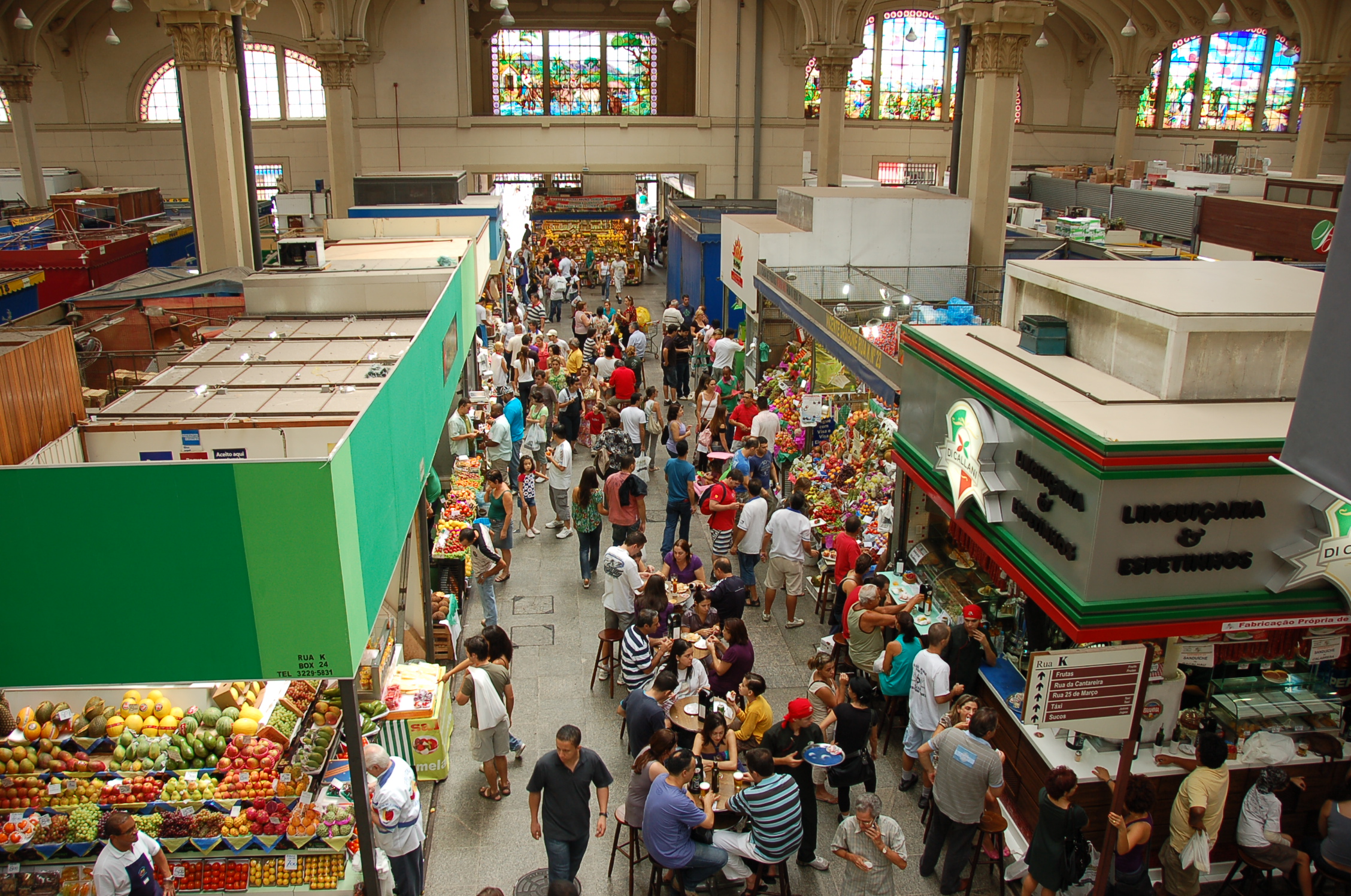
Find a table on the mezzanine level, to look down on the hustle and bustle and admire the richly decorated windows of this impressive market hall.
The Ibirapuera Auditorium
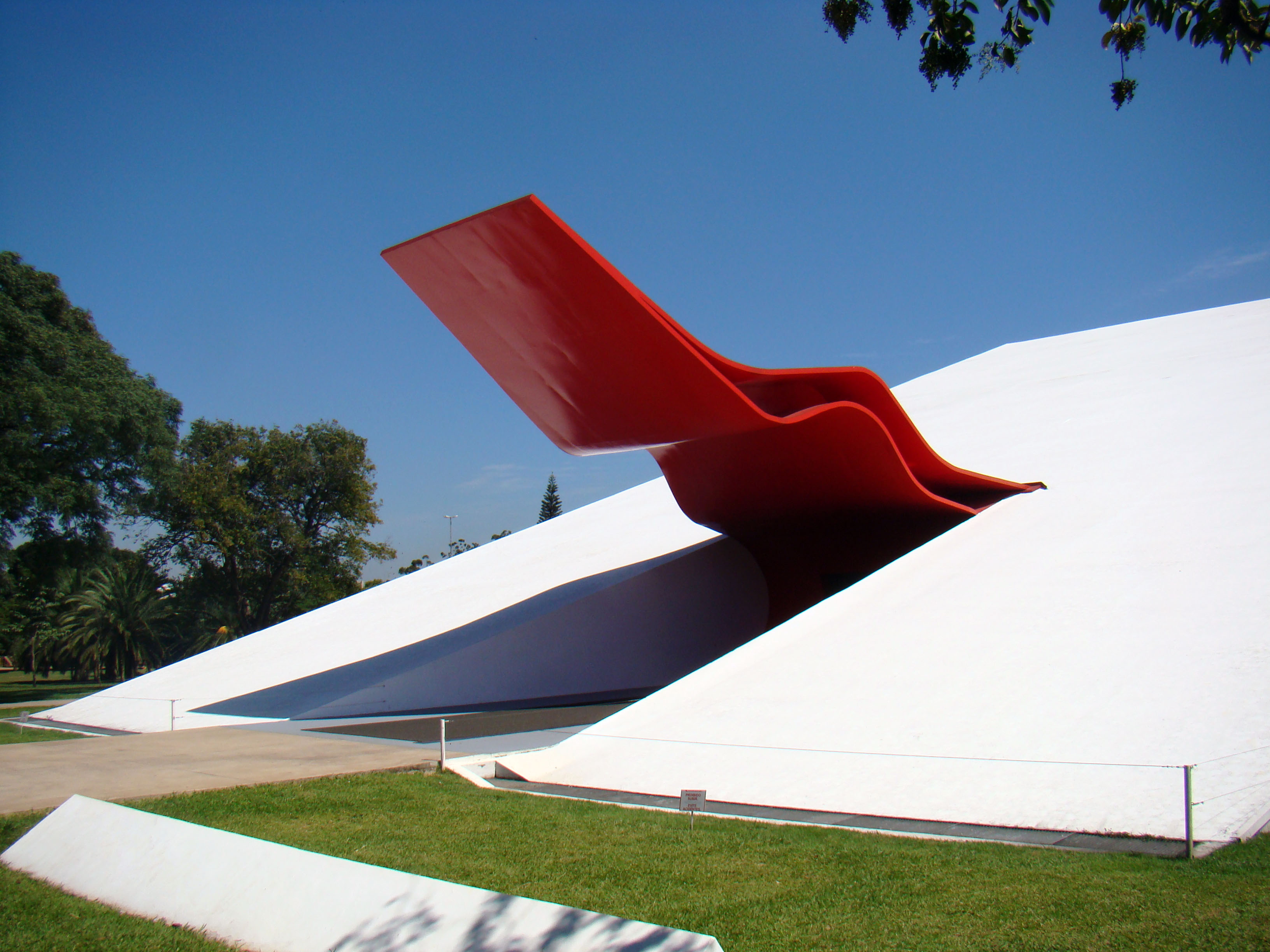
An eye-catching building of a completely different kind is the Ibirapuera Auditorium, designed by Brazil’s prolific architect, Oscar Niemeyer. It’s part of Ibirapuera Park in the south of the city.
The Ibirapuera Park
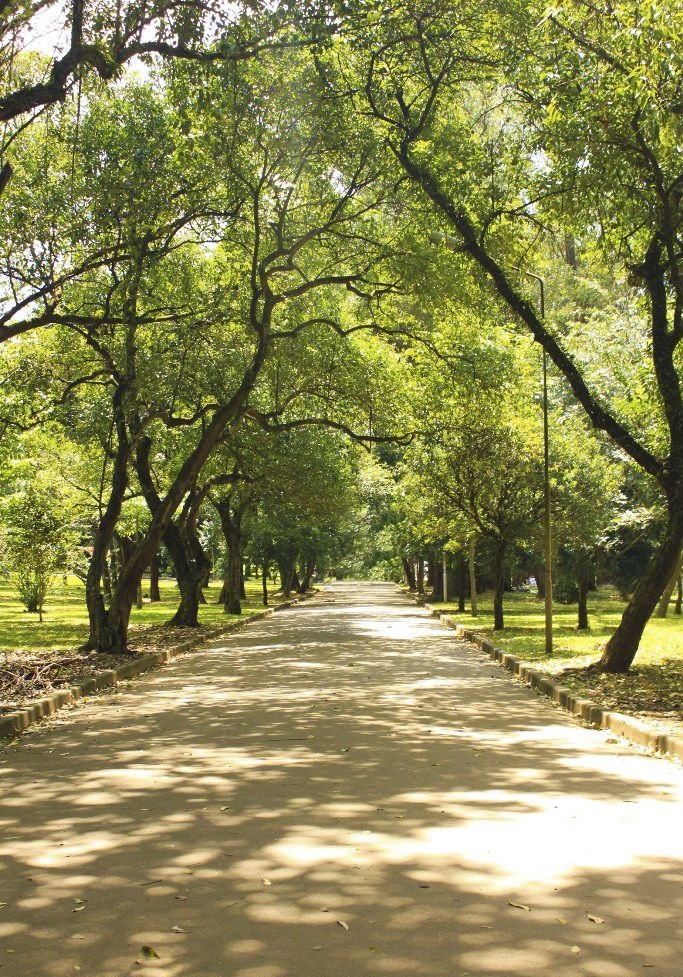
While in the park, visit the Museum of Modern Art and the Afro Brazil Museum or simply join the locals in the city’s favorite playground.
The Pacaembu Stadium
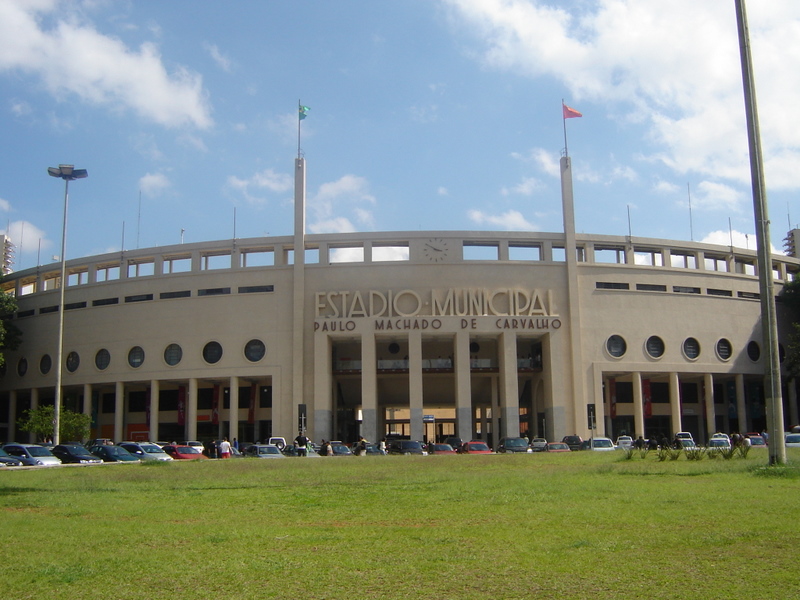
São Paulo wouldn’t be a Brazilian city if it didn’t have an arena devoted to the nation’s biggest sports heroes.
In the Pacaembu Stadium, soccer legends such as Pelé, Ronaldo, Romario, and Ronaldinho are on show in the highly interactive exhibits of its Football Museum.
Vila Madalena
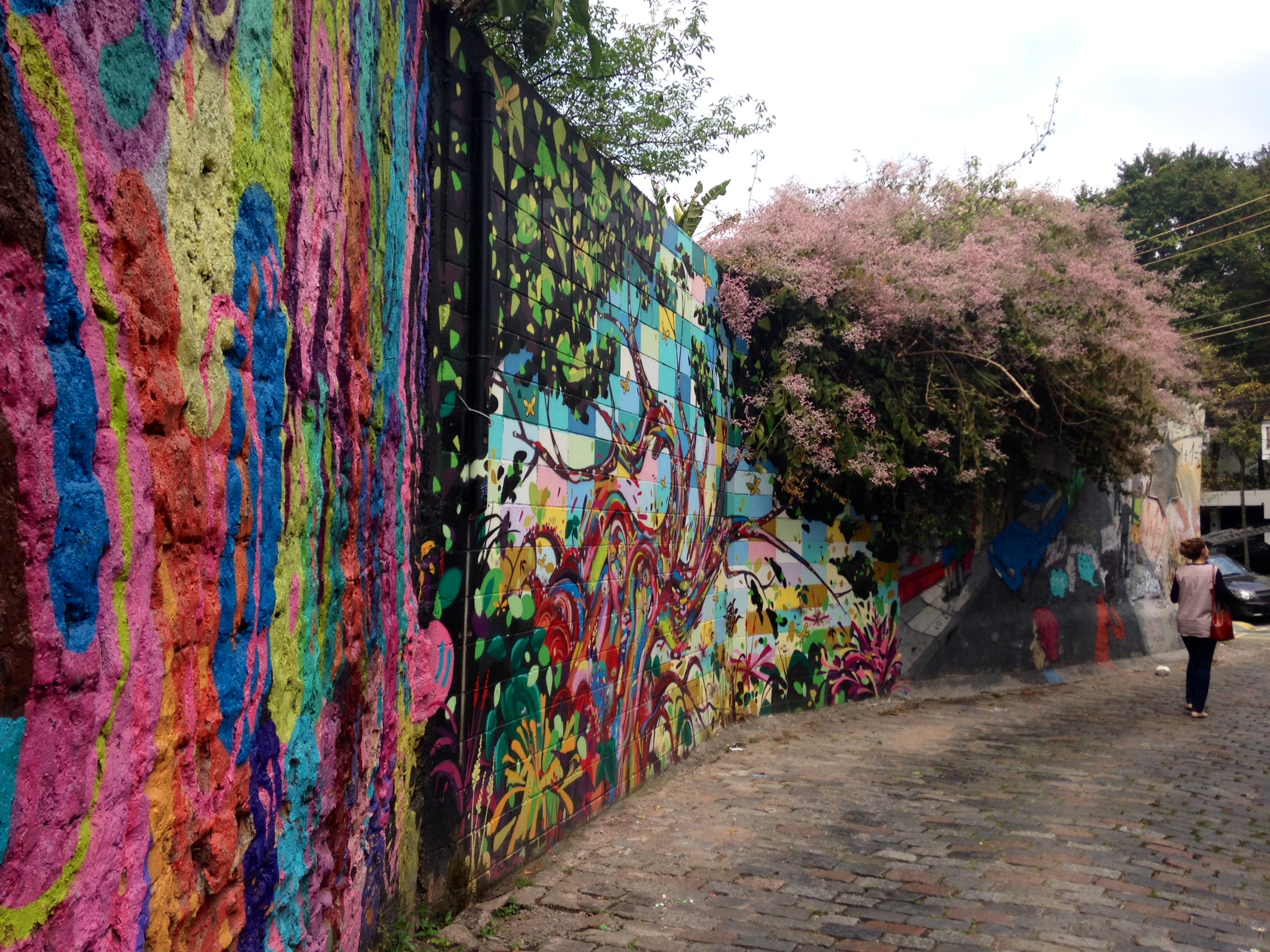
A short drive to the west of the stadium is Vila Madalena. Shop for unique souvenirs in one of the colorful stores, or have lunch with the locals.
The neighborhood is as famous for its little shops and art galleries as for its marvelous street art. Some of these artists have since made a name for themselves on a world stage.
Conclusion
Having risen above its humble beginnings as a missionary outpost in an uncharted land, Sampa is not only Brazil’s economic powerhouse but also the guardian of its priceless, intangible assets.
It’s a city of culture, creativity, hospitality, and art.
São Paulo today rides a wave of positive energy into the future and is truly a destination that is much greater than the sum of its parts.
